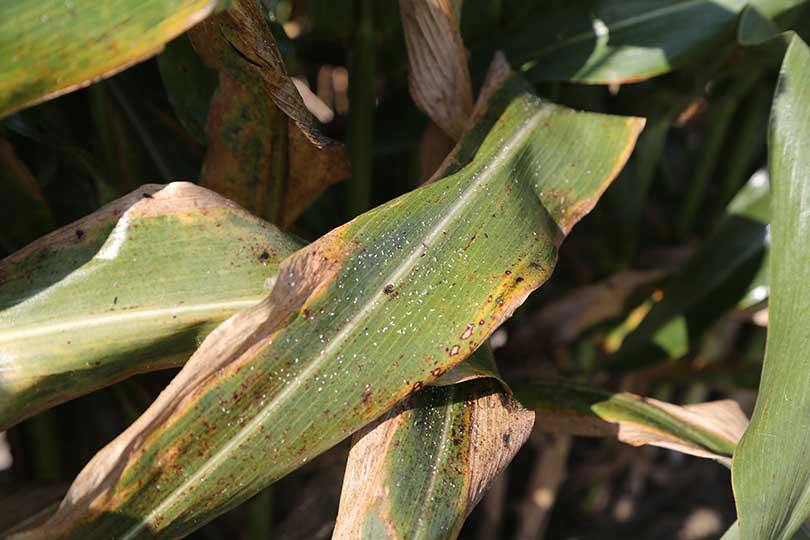By Jessica Domel
Multimedia Reporter
States no longer have to apply for emergency-use registration for Transform WG and Closer SC (sulfoxaflor) to combat sugarcane aphids, the tarnished plant bug and other pests.
After an extensive risk analysis, the Environmental Protection Agency (EPA) issued long-term approval for the use of sulfoxaflor on alfalfa, corn, grains like millet and oats, sorghum, citrus, cotton, squash, cucumbers, watermelons, some gourds, soybeans and strawberries.
“EPA is providing long-term certainty for U.S. growers to use an important tool to protect crops and avoid potentially significant economic losses, while maintaining strong protections for pollinators,” Alexandra Dapolito Dunn, assistant administrator for EPA’s Office of Chemical Safety and Pollution Prevention, said.
EPA also approved sulfoxaflor use on cacao, pineapple, teff, teosinte and tree plantations.
Dunn said the move shows the agency’s commitment to making decisions that are based on sound science.
The Ninth Circuit Court of Appeals vacated sulfoxaflor’s registration, citing inadequate data on its effect on bees.
EPA re-evaluated the data in 2016 and approved registrations for crops that do not attract bees. Fewer uses of the insecticide were allowed and additional restrictions on sulfoxaflor application were implemented at that time.
Prior to EPA’s long-term approval in mid-July, EPA approved 12 state emergency requests for sulfoxaflor use in cotton and 14 for sorghum.
The long-term registration of sulfoxaflor includes updated product label requirements, including crop specific restrictions and pollinator protection language.

